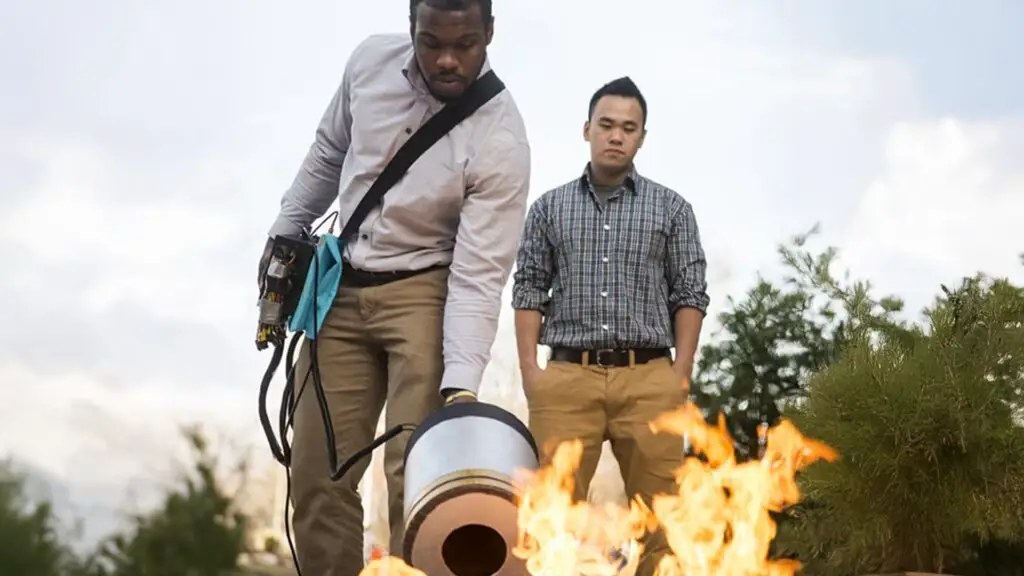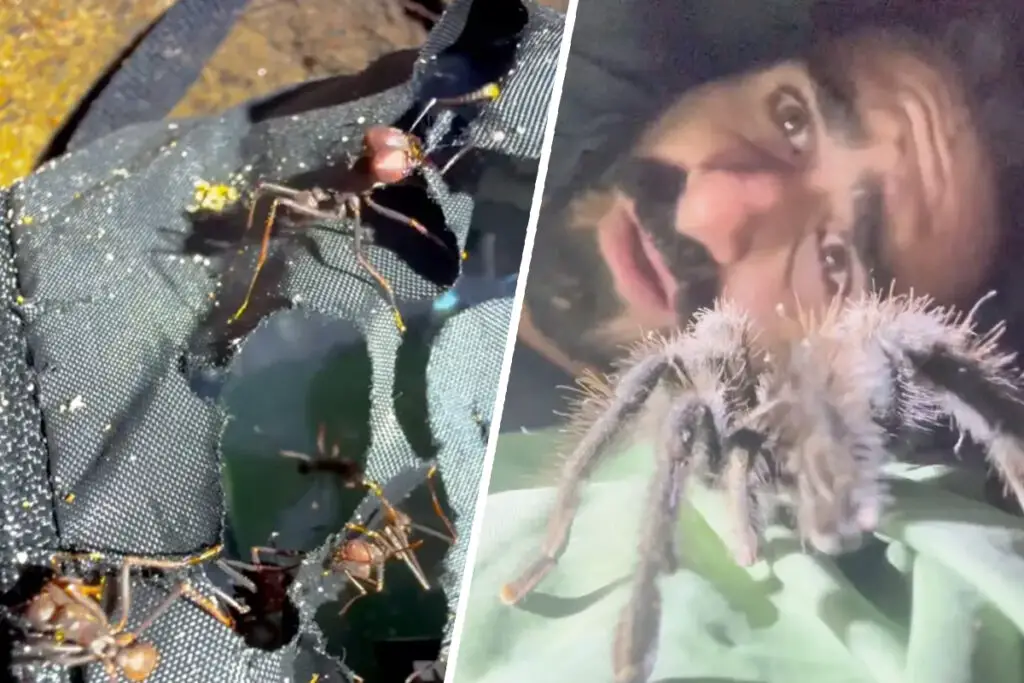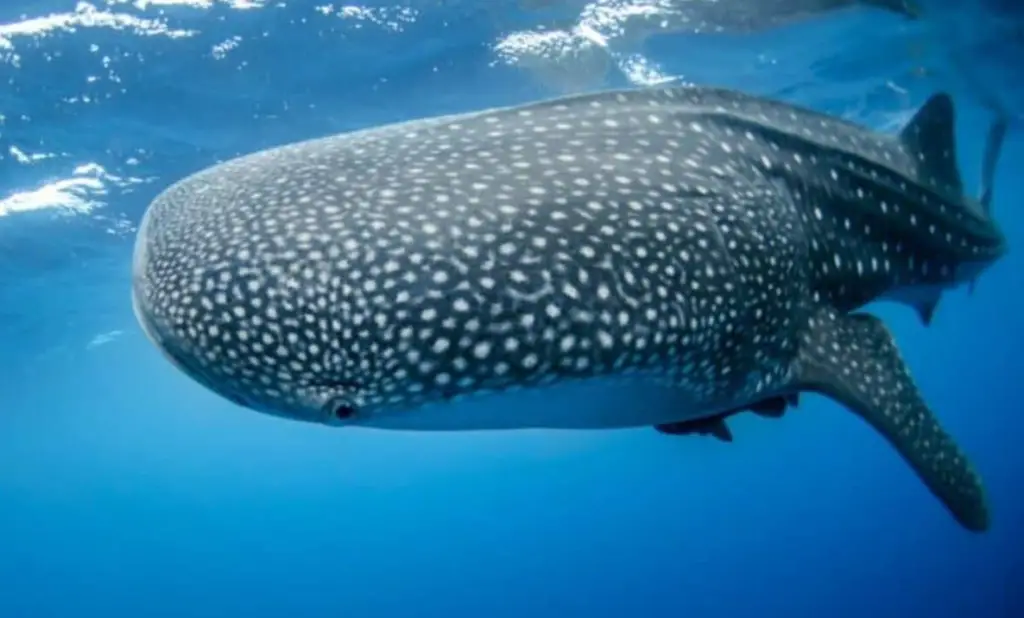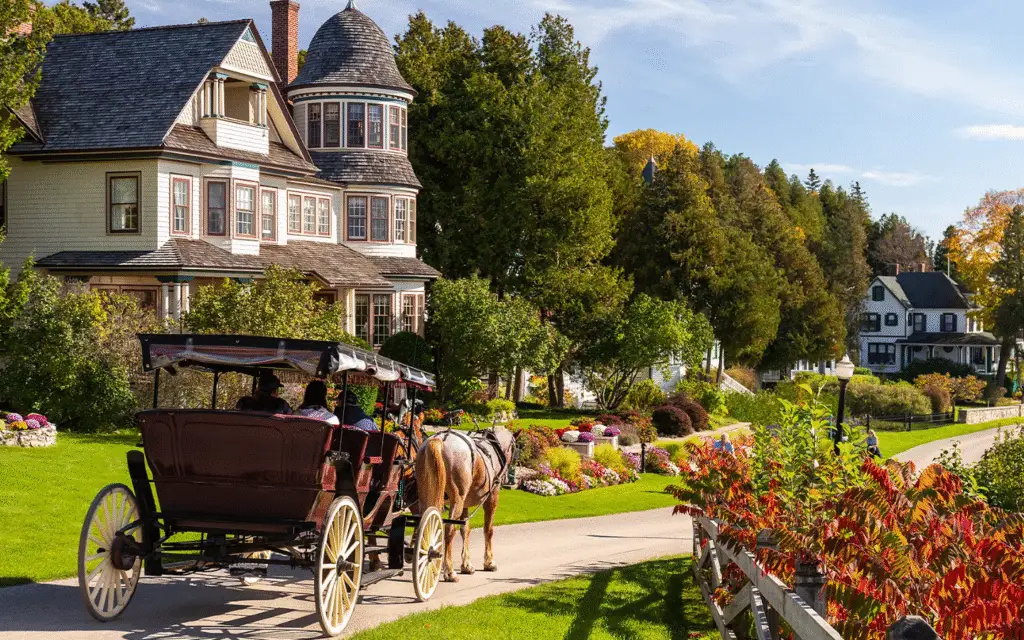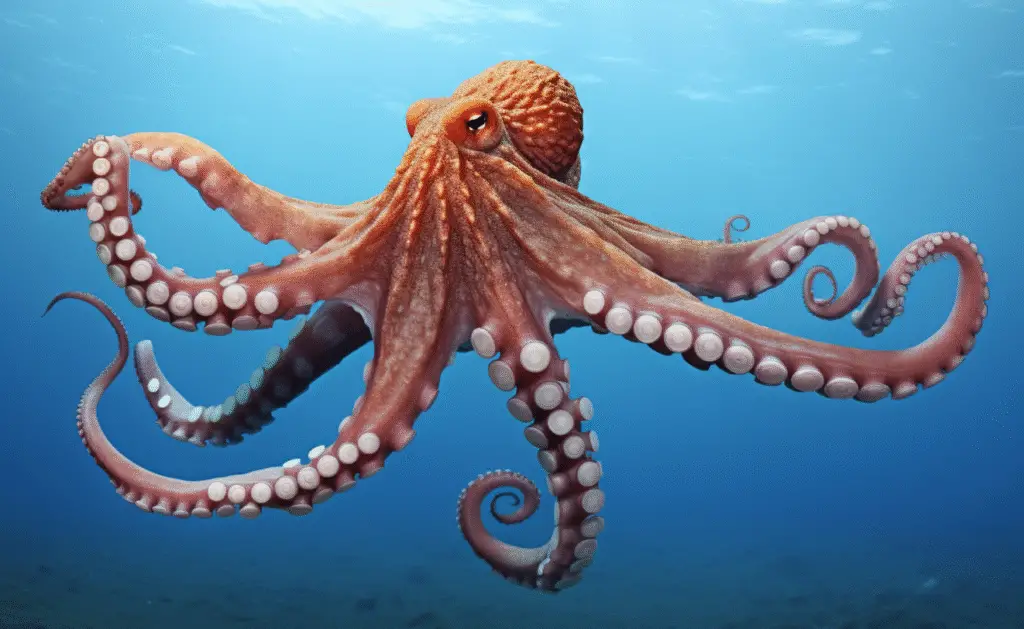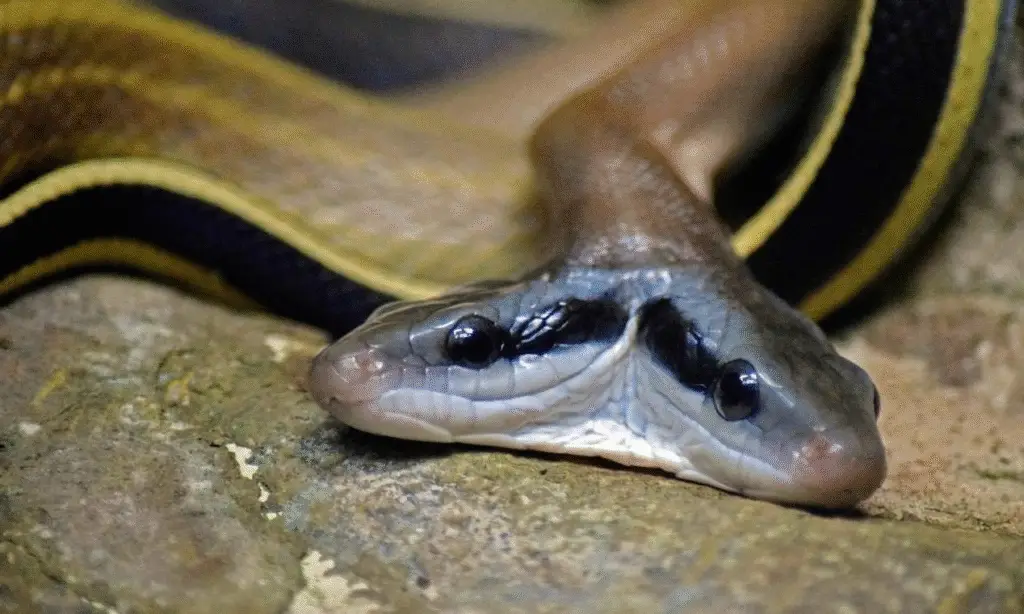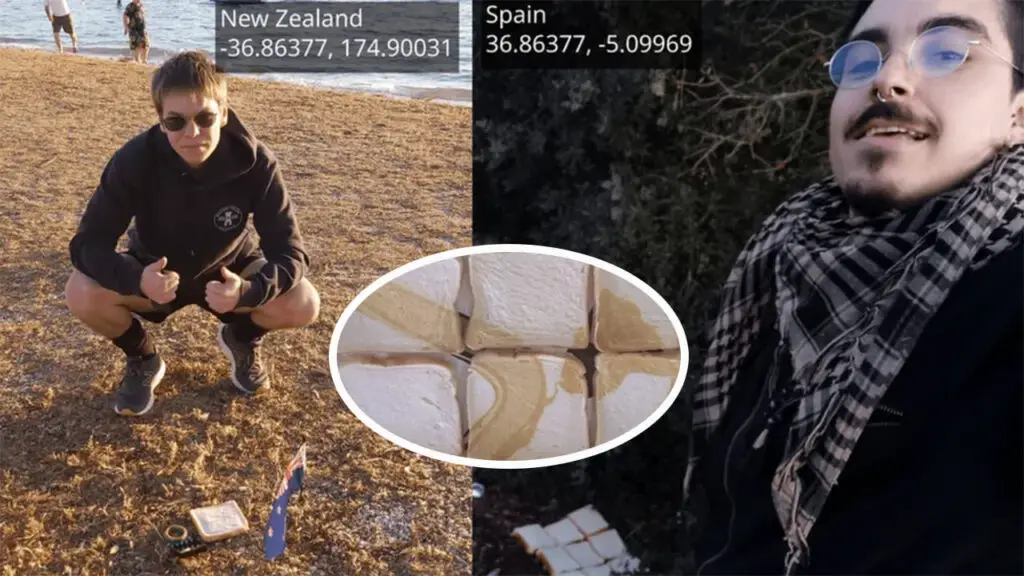Komodo Dragons: Everything You Need to Know About These Fierce Indonesian Giants

Ever wondered what it would be like to encounter a living relic from the dinosaur era?
That’s the Komodo dragon in a nutshell – a massive, scaly beast that’s as awe-inspiring as it is intimidating.
These lizards aren’t just big; they’re survivors in a world that’s increasingly hostile to them.
Let’s dive into everything you need to know, from their mythical name to the real threats they face today.
What is a Komodo Dragon?

The Komodo dragon, or Komodo monitor if you want to get technical, is the heavyweight champion of the lizard world.
Native to a few Indonesian islands like Komodo, Rinca, Flores, Gili Motang, and Padar, these guys can stretch up to 3 meters (10 feet) long and weigh a whopping 150 kilograms (330 pounds).
Imagine a reptile heavier than most NFL linebackers – that’s the kind of presence we’re talking about.
They’re carnivores through and through, apex predators that dominate their ecosystems.
Their menu includes deer, water buffalo, pigs, and even tinier critters like insects or rodents.
What sets them apart is their hunting style: an ambush attack followed by a venomous bite that drops blood pressure, stops clotting, and causes shock and massive blood loss.
It’s brutal but effective – nature’s way of saying, “Don’t mess with me.”
Their skin is another marvel – tough and scaly, like built-in armor that shields them from predators and the brutal island heat.
In my opinion, it’s this rugged design that makes them seem almost indestructible, but as we’ll see, they’re far from it.
Why Do We Call It a “Dragon”?
The name “Komodo dragon” isn’t just for show. It comes from their enormous size, razor-sharp jaws, and that overall fearsome reputation that screams “mythical beast.”
Discovered by the Western world in the early 20th century via Dutch colonists in Indonesia, the term “dragon” tapped into legends of fire-breathing monsters to spark interest.
Picture scientists back then geeking out over something that looked straight out of a fairy tale.
But let’s be real – they’re no relation to those storybook creatures. They’re bona fide lizards from the Varanidae family, kin to other monitor lizards.
I personally love how the name adds a layer of drama; it makes learning about them feel like uncovering a secret from ancient lore.
Where Do They Live?

These dragons are island exclusives, sticking to the dry savannas, forests, and rugged hills of those five Indonesian spots.
The biggest crew calls Komodo Island home, where Komodo National Park was set up in 1980 to safeguard them and their turf.
It’s a UNESCO site now, covering vast areas of protected land.
Smaller populations dot Rinca, Flores, Gili Motang, and Padar. On Flores, they’re a bit different – smaller bodies, lighter scales, probably from varying diets.
The East Nusa Tenggara Natural Resources Conservation Agency points out genetic similarities, but island-specific tweaks show evolution at work.
It’s cool to think how isolation shapes them, right? Like nature’s own experiment.
Hunting and Diet
As top dogs in their food chain, Komodos are opportunistic eaters. They’ll stalk and pounce on large prey, using camouflage and patience.
That venom? It’s a game-changer, letting them track wounded animals for miles with their super-sensitive forked tongues that sniff out scents like a bloodhound on steroids.
They can sprint up to 12 mph in bursts and cover seven miles a day, though they prefer lounging near home valleys.
And get this: they can gulp down 80% of their body weight in one go. That’s like you scarfing a feast fit for a king.
Personally, I find their strategy smarter than brute force – it’s efficient, almost lazy genius.
Can Komodo Dragons Swim?
You bet they can. These lizards are surprisingly aquatic when needed, using strong legs and a flat tail to paddle through water.
They’ve been clocked swimming 500 meters (1,640 feet) across open sea to hunt or dodge danger.
It’s not their forte, though – long swims tire them out, risking exhaustion or drowning.
I’ve always imagined them as land-bound tanks, but watching one glide between islands?
That’d flip the script on their “clumsy giant” image. It’s a reminder they’re adaptable, even if water isn’t their happy place.
Komodo Dragon Reproduction

Mating season hits between May and August, turning males into wrestlers who battle with powerful jaws to win females.
Winners get the prize, and females lay eggs in September or October – up to 30 in burrows, termite mounds, or old bird nests.
Incubation takes 8-9 months, with temperature calling the shots on sex: hotter for boys, cooler for girls.
Hatchlings are on their own from day one, dodging predators including cannibalistic adults by climbing trees.
They grow fast, hitting maturity at 5-7 years, and can live 30 years wild or 50 in captivity.
Here’s a wild twist: females can reproduce without males via parthenogenesis, birthing clones that are all male.
It helps in low-population spots but risks genetic issues. In my view, it’s a badass survival tool, like evolution’s backup plan for tough times.
How Many Komodo Dragons Are Left?
Estimates hover around 3,500 individuals in the wild, but pinning it down is tricky in that remote, jagged landscape.
The IUCN figures about 1,380 adults and 2,000 juveniles, mostly in protected areas. Komodo Island hosts the largest group, with smaller numbers elsewhere.
Threats like habitat shrinkage from farming, logging, and development make surveys a headache.
Poaching for meat, skins, or traditional medicine adds pressure, even though they’re protected. It’s heartbreaking – these ancient survivors dwindling because of us.
Are Komodo Dragons Considered an Endangered Species?

Yes, and it’s gotten worse. The IUCN lists them as Endangered, a step up from Vulnerable, due to ongoing declines.
Habitat loss fragments groups, hurting mating and diversity. Climate change is a sneaky villain: rising seas could flood their lowlands, while drier conditions make hunting harder.
Hunting persists in the shadows, fueled by illegal trade. Natural disasters, like volcanoes or quakes, and human conflicts – think net entanglements or roadkills – pile on.
I believe we’re at a tipping point; without action, these icons could fade into history books.
Conservation Efforts
Protected zones like Komodo National Park are lifelines, with patrols curbing poachers and educating communities.
Captive breeding in zoos boosts numbers and research. Indonesia’s government has even considered tourism limits to ease stress on the dragons.
Groups like WWF push reforestation and sustainable practices. Tourism funds help, but it must be managed – too many visitors disrupt behaviors.
In my perspective, it’s a balancing act: appreciate them up close, like via Dragon Dive Komodo’s tours with treks, dives, and educational talks on Rinca or Komodo, but prioritize their survival.
Efforts need ramping up to tackle climate and poaching head-on.

